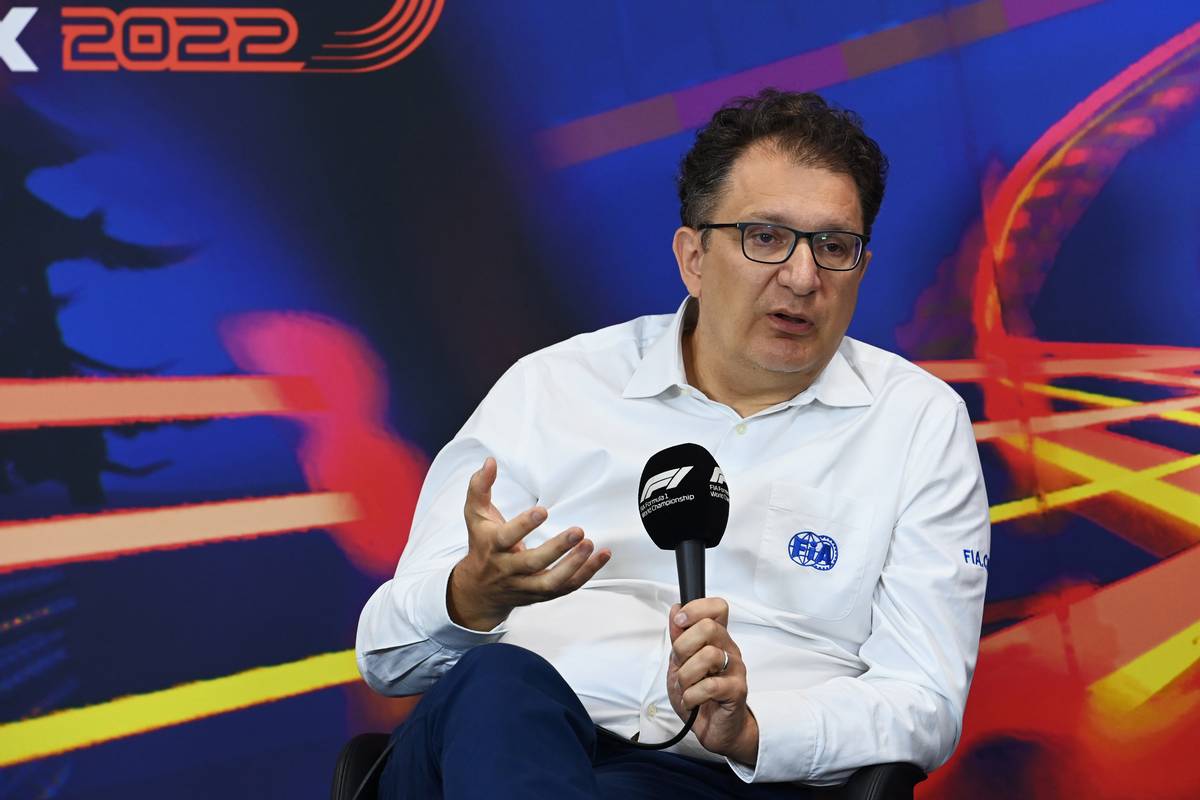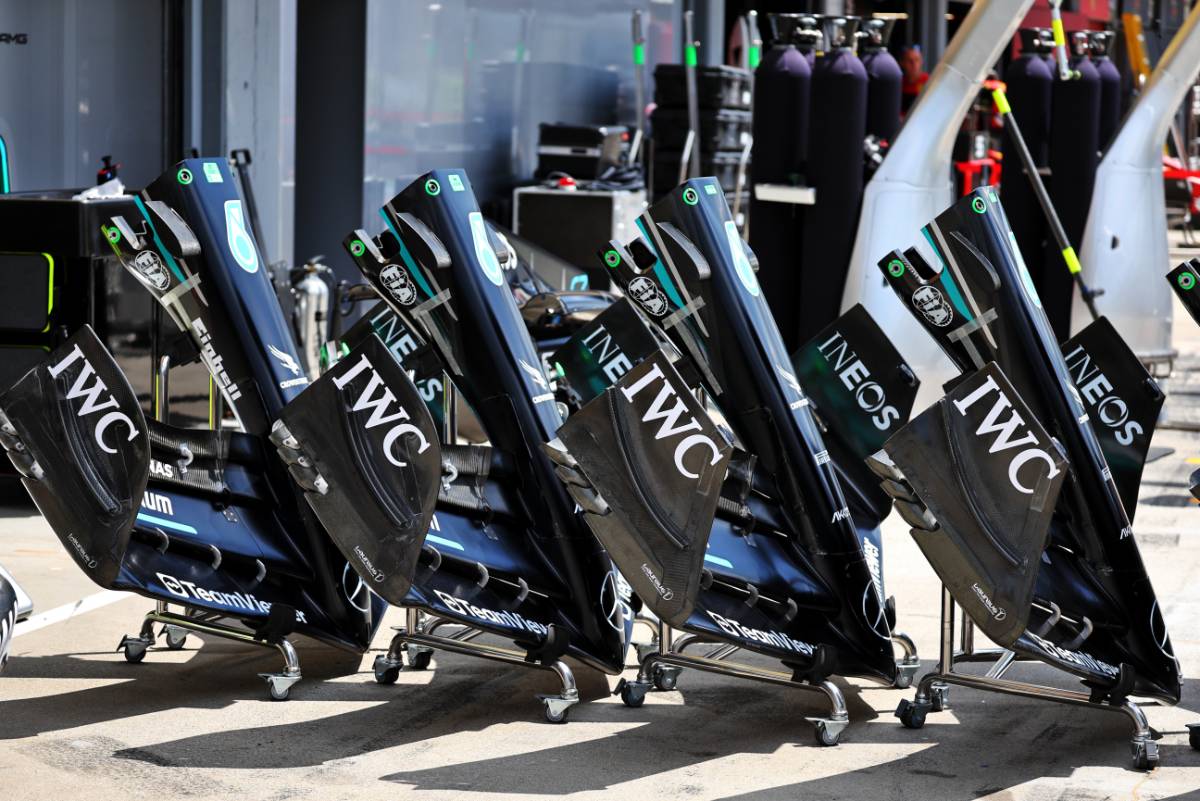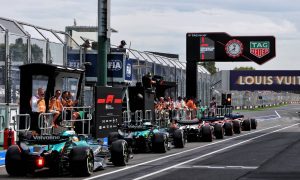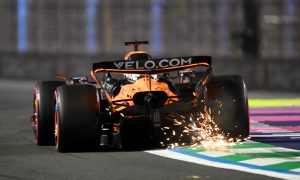
Formula 1 is looking into making changes to its aerodynamic rules for 2025 after a new study revealed that measures introduced last year to make it easier for cars to overtake are no longer having the fully desired effect.
Reforms introduced by former F1 director of motorsport Ross Brawn before his retirement sought to deal with the way cars handled 'dirty air' and turbulence that stopped pursuing drivers from catching and passing cars in front.
The initiative, which included the return of the ground force effect, was designed to improve on-track competition and was initially deemed a success by teams and drivers.
But an analysis of the latest cars suggests that they have given up half the aero performance gains achieved in 2022, backing up comments made by Ferrari driver Carlos Sainz at last week's Italian GP.
"It's starting to become a bit like 2021 or 2020 where it is difficult to follow," he said at Monza.
In an exclusive interview, the FIA's single-seater director Nikolas Tombazis told the Italian edition of Motorsport.com that the governing body's own studies had confirmed the impact on aero loads.
"If we take the 2021 F1 cars, based on being two lengths from the car in front, they were losing more than 50 per cent of the load," he said. "With the 2022 single-seaters, there was only a 20 per cent reduction in load.
"Now we are at about 35 per cent," he added. "There has definitely been a worsening, and on this point Carlos is right. We have identified what we should act on."
With development work on next year's cars already well advanced, there is no chance to make changes to next year's rules meaning that 2025 is the earliest opportunity to address the problem.

"There are several aspects in the interpretation of the aerodynamic regulations that we do not like at the moment, but to change something we would need to go through the procedures to achieve a broad consensus.
"We are studying solutions for 2025," Tombazis said. "We have identified some parts of the cars to act on, such as the endplate of the front wing, the side of the floor and the fins inside the wheels.
"We could lay down somewhat more restrictive rules in these areas," he noted. "It is clear we no longer have the advantage of 2022, and therefore we know that there is work to be done."
One area of the 'outwash' problem that has been attracting major attention in recent weeks is the development of flexible wings and body parts with the FIA introducing new load tests on current cars.

"We have the right to act on flexible bodywork when we see something that does not convince us, because the regulation says that parts should be rigidly secured and immobile," commented Tombazis.
"In reality we know that this is not [absolutely] possible so there is a right to apply common sense."
Tombazis admitted that in the past, some well-intended changes had not always had the intended result.
"90 per cent of the regulations are in line with what we wanted, but there is ten per cent that with hindsight we would have done in a different way."
Keep up to date with all the F1 news via Facebook and Twitter







